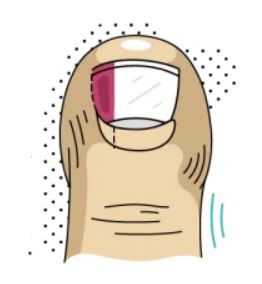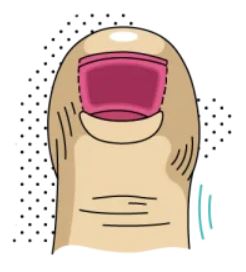Partial Nail Avulsion
PNA surgery permanently removes the side of the nail that is causing damage to the skin. It is a quick & routine procedure, normally used in simple cases of ingrown toenails that can’t be resolved with conservative treatments. It’s also preferred as the majority of the nail can be left attached.
Benefits
- A quick procedure – just 45 to 60 minutes
- A normal-looking nail is left after healing
- 98 per cent success rate
- Fixes the issue permanently
- A quick recovery time
Total Nail Avulsion
TNA surgery permanently removes the entire nail, normally carried out only when a severely damaged or thickened toenail causes recurring problems that the more simple PNA surgery will not fix. This is not the preferred treatment, but in rare cases it can be necessary to avoid future problems.
Benefits
- A permanent solution for the nail
- Won’t grow back
- 98 per cent success rate
- A quick procedure – just 45 to 60 minutes
- Rapid recovery rates



